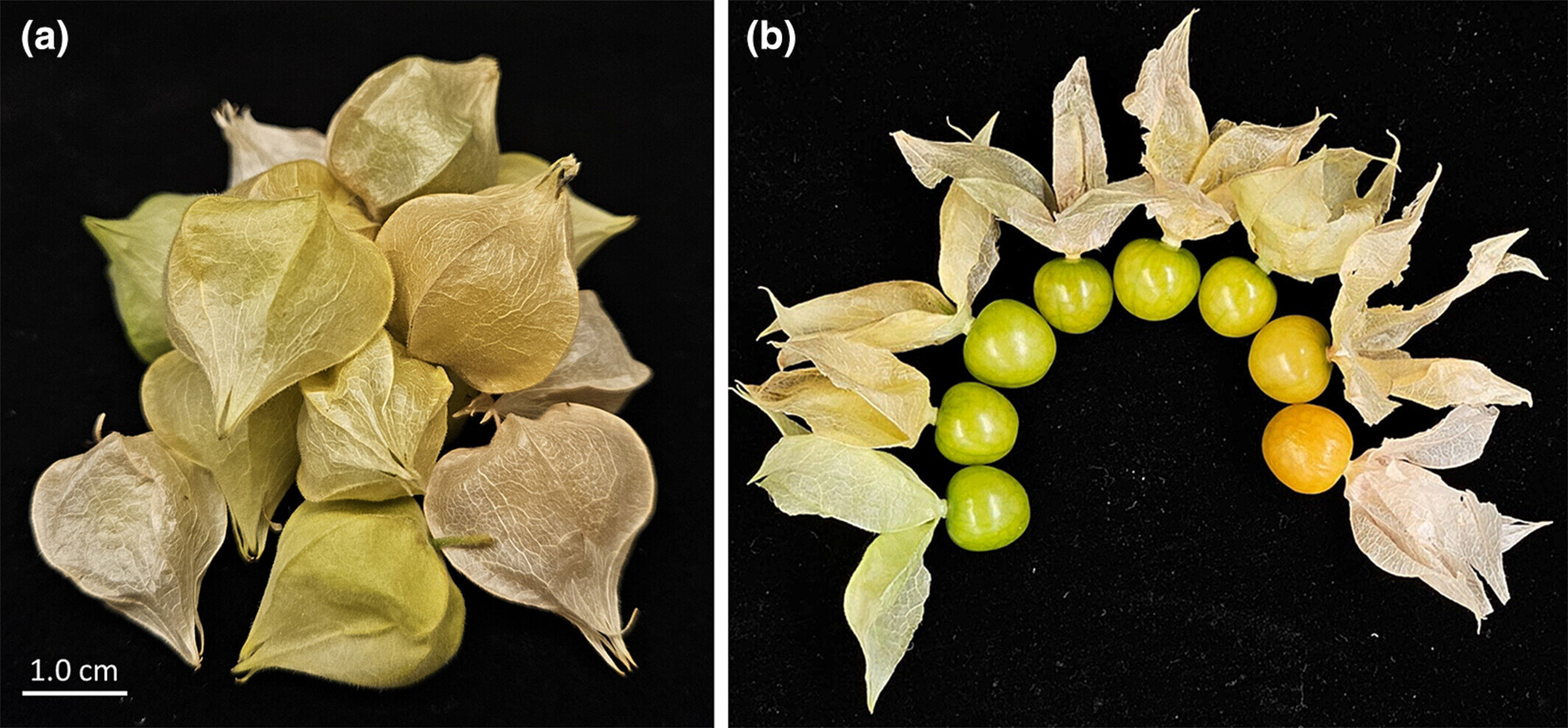Groundcherry gets genetic upgrades: Turning a garden curiosity into an agricultural powerhouse
Date: 22.7.2024
Imagine a small fruit that tastes like a cross between a tomato and a pineapple, wrapped in its own natural paper lantern. That's the groundcherry (Physalis grisea) – a little-known relative of tomatoes that's been quietly growing in gardens and small farms across North America for centuries. Now, this humble fruit is getting a 21st-century upgrade thanks to some cutting-edge genetic research.
 For over six years, a team of scientists led by Dr. Joyce Van Eck at the Boyce Thompson Institute has been running the "Physalis Improvement Project." The goal is to transform groundcherry from a garden novelty to a mainstream crop that could one day be a common sight alongside blueberries and blackberries in your local grocery store.
For over six years, a team of scientists led by Dr. Joyce Van Eck at the Boyce Thompson Institute has been running the "Physalis Improvement Project." The goal is to transform groundcherry from a garden novelty to a mainstream crop that could one day be a common sight alongside blueberries and blackberries in your local grocery store.
Groundcherries have a lot going for them. They're nutritious, have a uniquely delicious flavor, and can grow in a variety of climates. The problem is that they have some pesky traits that make them difficult to cultivate on a large scale," noted Savanah Marie Dale.
Groundcherry plants have a sprawling growth habit that makes them hard to manage. They also drop their fruit to the ground when ripe (hence the name), a trait that makes harvesting difficult and increases the risk of contamination from soil-borne pathogens.
Instead of spending decades selectively breeding groundcherries to overcome these issues, the team is using a gene-editing technique called CRISPR/Cas9 to make precise changes to the plant's DNA.
Image source: Dale et al. (2024), Plants, People, Planet.























